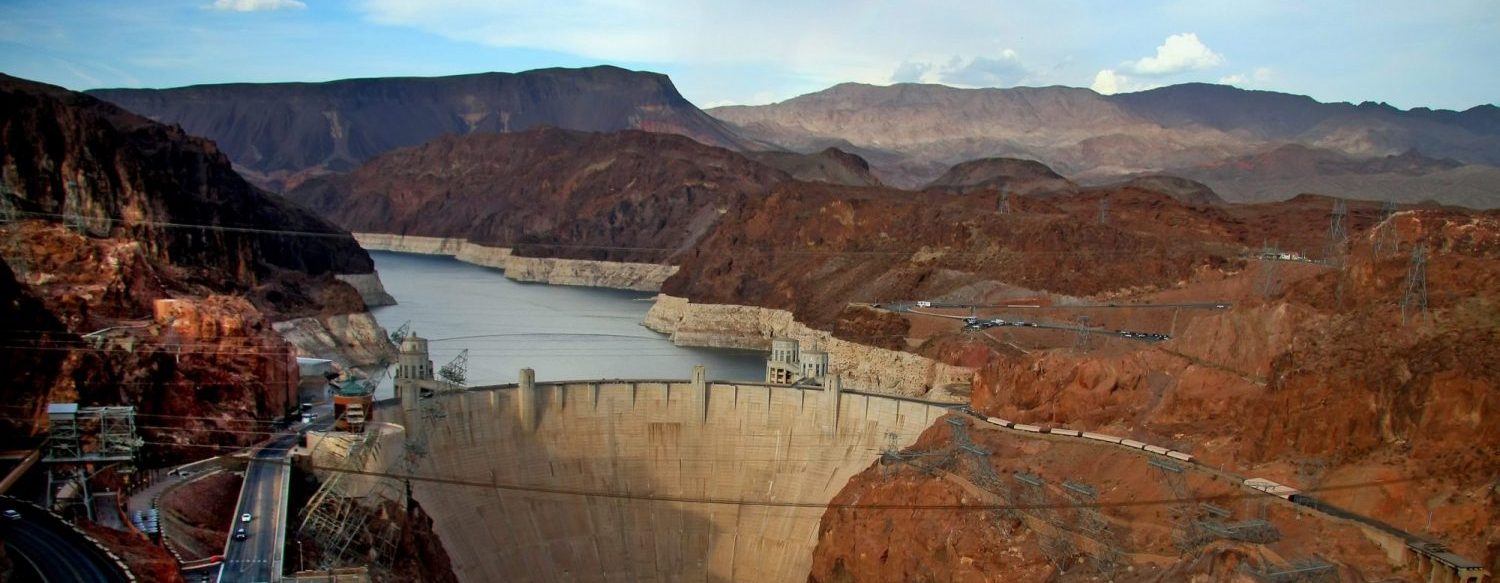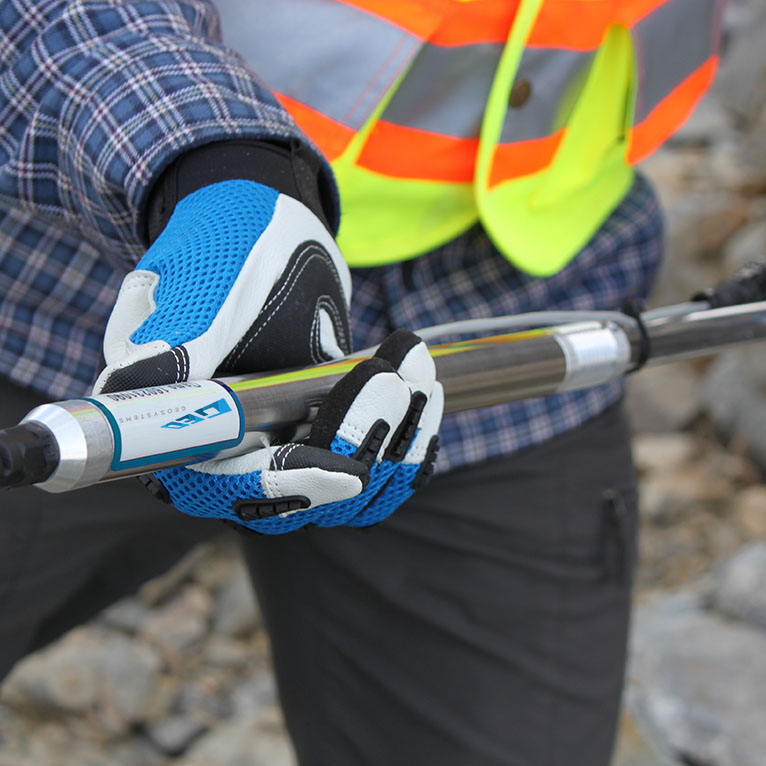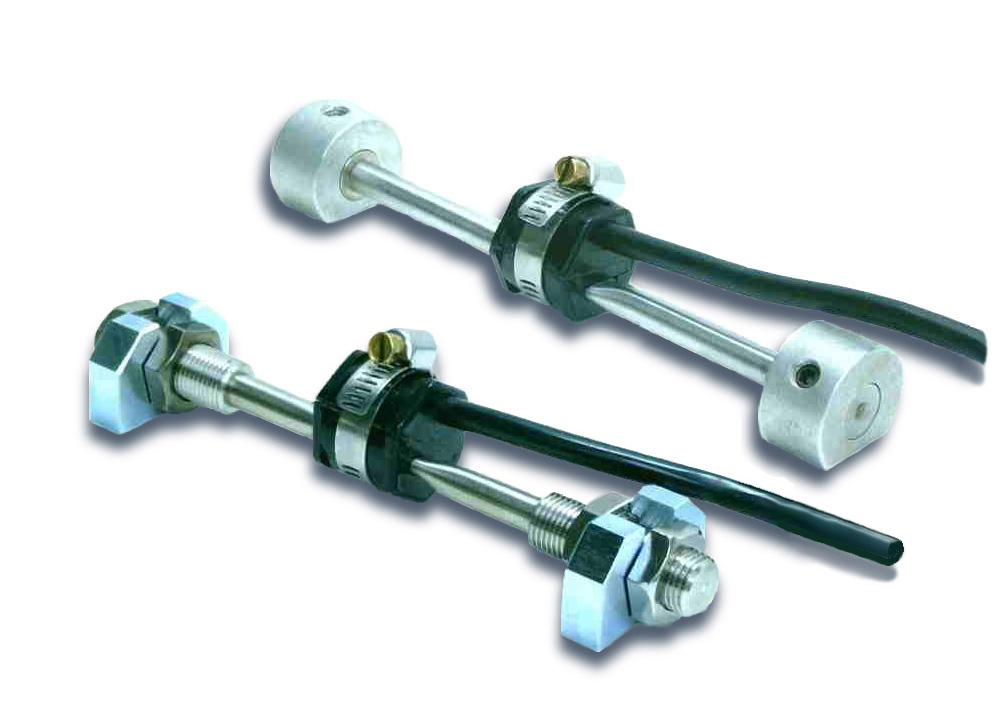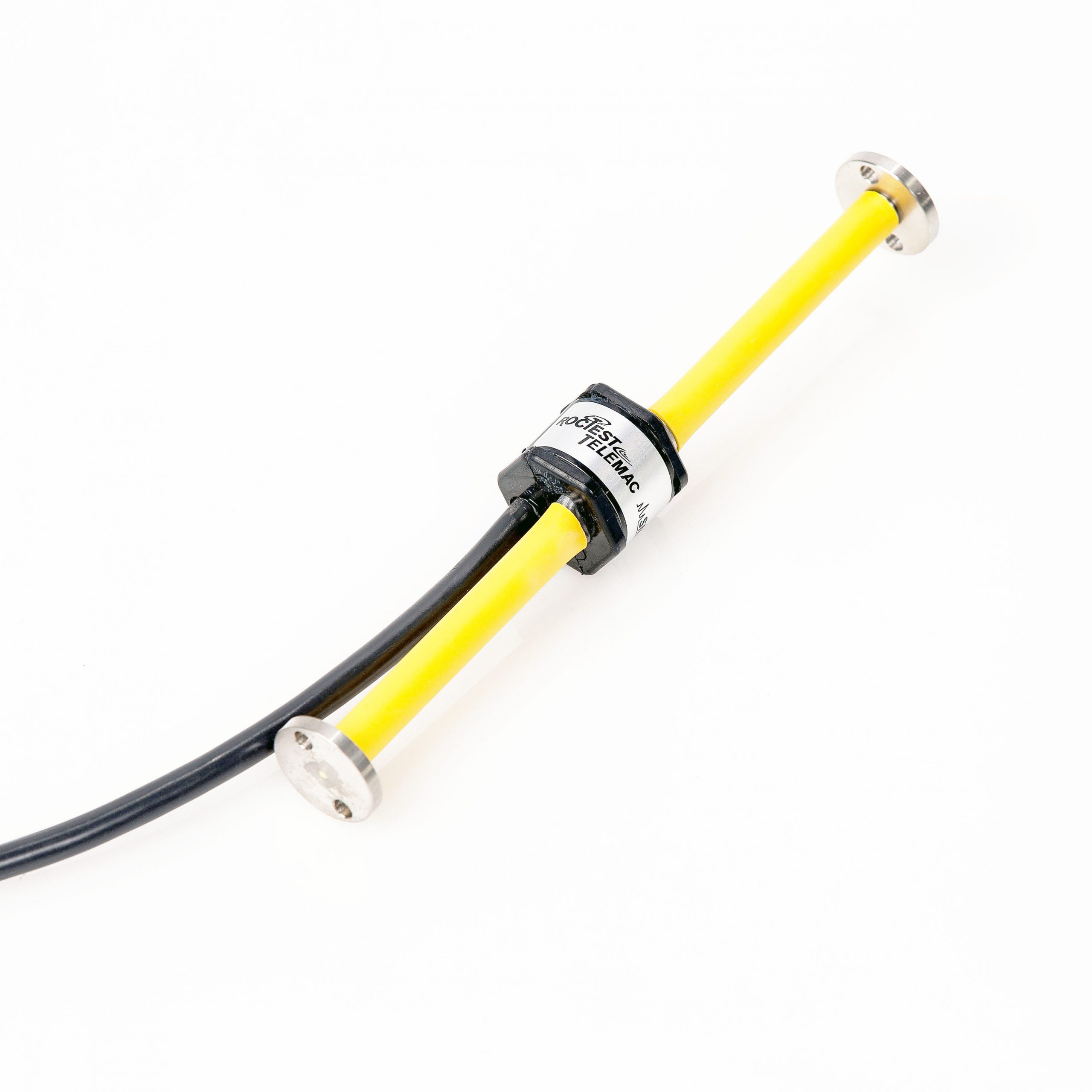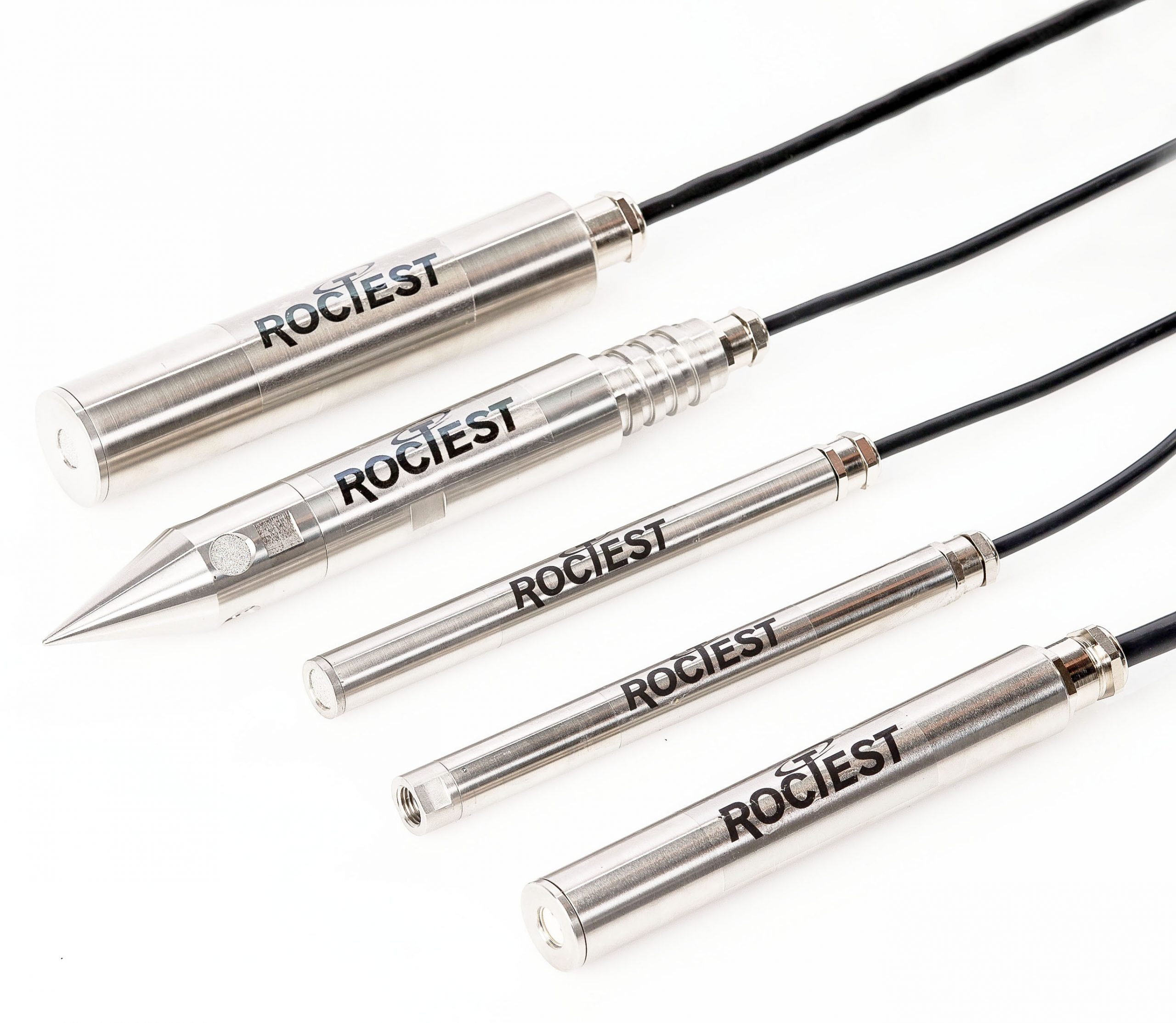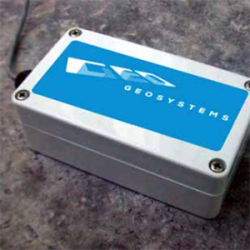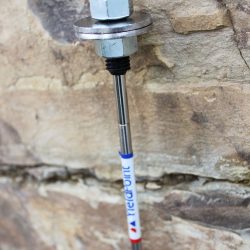Description
Geotechnical Extensometers
Our Melbourne based geo-tech experts can help advise you on which extensometer best suited to your application. Please message or call us for pricing and information.
Borehole Rod Extensometer
Low in cost but highly reliable, borehole rod extensometers transmit all anchor displacements from failure planes in rock or zones of movement in soil masses to a collar reference plate via mechanical or electrical readings. Commonly installed in natural or cut slopes to monitor slope stability they can detect settlement when installed appropriately.
Used to measure and locate settlement, displacement, and deformation in soil and rock borehole rod extensometers consists of a reference head and one or more in-hole anchors each of which is placed at a known depth and connected to the reference head by either a rigid or flexible rod running inside a flexible sleeve, which keeps the rod de-bonded from the grout.
As the soil or rock deforms the distances between the in-hole anchors change, as do the distances between the individual in-hole anchors and the reference head. The magnitude, distribution, rate, and acceleration of deformation can be accurately measured at the reference head.
Our extensometer range is available in a wide variety of reference heads, anchors, rods, and measuring sensors.
DIGITAL EXTENSOMETER
For monitoring of soil and rock displacement.
Durable materials: polycarbonate, stainless steel, aluminum alloy
• Dimensions: 25mm diameter
• Length up to 25m
• High Resolution: 0.01mm
• Accuracy 0.05mm
• Anchor point dimensions: 6” long, 1 ¾” diameter with steel washers for perfect
grip in soft grout.
• Storage: only ASCII 100 characters per reading
• Grout: 5 parts water, 2 parts Portland cement, 1 part bentonite in weight.
• Compatibility: Ethernet gateway, WiFi gateway, RF node
• Standard range 125mm overall anchors, 200mm and 250mm options available
DATASHEET FOR DIGITAL EXTENSOMETER
Retrievable borehole extensometer ( with modular system)
The BOF-EX is best described as a multiple-point single tube extensometer. BOF-EX extensometers consist of four main components: the mechanical anchor, the measurement module, the extension tubing, and the centralisers. An installation consists of a number of measurement modules, in series in a borehole, each one being mounted on the length of extension tubing required to span a lower and upper mechanical anchor. Displacement measurement is therefore made in the hole, in sections distributed along the borehole length.
Mechanical Anchor: The special design of the BOF-EX mechanical anchor allows complete system retrievability. The anchor consists of a cylindrical body and three contacting shoes spaced at 120° angle. Using the installation tool and rods, the anchor is screw actuated from the collar of the hole until the shoes make contact with the borehole walls. The anchoring capacity is very high and the contacting shoes are designed to adjust to small borehole deformations while still exerting the anchoring force.
Measurement Module: The measurement module of the BOF-EX is a watertight capsule in which a spring-loaded linear displacement transducer is mounted. The moving spindle of the measurement module comes in contact with the lower anchor of each monitoring section.
Extension Tubing: The extension tubing is made of individual lengths of flush-coupled tubes bridging the two mechanical anchors of each monitoring section. Centralizers are mounted at regular spacing over the extension tubing to prevent sagging.
Magnetic Soil Settlement Extensometer
The R-4 magnetic probe extensometer consists of an array of magnetic targets, surrounding a common access pipe, positioned at different depths along the length of a borehole or the height of an embankment or fill.
A reed switch probe, lowered down the access pipe, detects the position of the magnet anchors outside the tube. The probe is suspended by a single graduated tape that incorporates the electrical leads. The tape graduation is used to determine the deformation between magnetic anchor points along the pipe’s axis.
The magnetic anchors are available in two configurations: leaf spring anchor, for borehole installation, and plate anchor, for an embankment or fill installation. The leaf spring anchor can be pushed in place or lowered with the access pipe and released with an external draw wire.
The plate anchor consists of a plate with a central hole. The plate anchors are installed with the access pipe as the construction of the embankment or fill proceeds. Telescoping access pipes are used where deformations exceeding 1% are expected. The R-4 system is compatible with standard inclinometer casings. The use of a probe centralizer is recommended for repeatable readings.
Digital Tape Extensometer
The Convex-D Digital Tape Extensometer quickly and accurately measures changes in distance between two reference points in any orientation.
The CONVEX-D digital tape extensometer consists of a steel survey tape with punched holes, loaded on a reel fixed to the body of the instrument.
A unique anti-backlash tensioning mechanism ensures a continuous accuracy in time. A pivoting latch has been incorporated to lock positively the tape, thus facilitating the instrument’s handling. A digital indicator has been added in order to accurately read the relative change between two reference points. By turning the rotary protection drum, it is easy to get quick access to the digital display function buttons through the opening provided for this purpose. Two hooks are provided, one at the movable end of the tape and the other on the reel frame.
Tensioning of the tape to a predetermined load is easily done by rotating a large knurled collar until two reference lines are precisely aligned. Visual alignment is optimized by the use of two superimposed magnifying lenses. For an actual measurement, the CONVEX-D is stretched between two reference points consisting of two stainless steel eyebolts fixed on their respective anchor.
A verification frame can be used to regularly check the repeatability of the instrument.
Multi Rod Digital Extensometer
YieldPoint’s unique 1 to 6-Point Multiple Rod Extensometer (d-EXTO) combines a traditional Multi-rod design and digital signal processing to result in dramatically improved accuracy and reliability compared to similar priced existing technology. This high precision digital instrument comprises up to six (6) Linear Variable Induction Transducers(LVIT) and an on-board digital temperature sensor.
DATA SHEET – MULTI ROD DIGITAL EXTENSOMETER
Resistance Wire Extensometer
The Resistance Wire Extensometer (RWE) is designed as a simple low-cost instrument for monitoring rock and soil displacements. They are installed in underground hard rock mines typically in pillar and stope wall to monitor displacements. Resistance wire extensometers make an ideal instrument to monitor displacement in roofs and pillars in underground coal mines.
Follow Geosystems on LinkedIn to stay up to date with the latest news and equipment developments.

